
When preparing in advance for an emergency, there are multiple types of “survival bags” that you can put together, each optimized for different survival situations. One of the most popular pre-prepared bags, and a staple of most preparedness fans, is the “Get Home Bag”.
Let’s say that you’re out somewhere remote and your car gets stuck or won’t start…perhaps caused by a natural disaster, or sudden snowstorm. What is your plan to get home safely? Do you have a plan? This is where a “Get Home Bag” comes into play for the prepared. A Get Home Bag (GHB) is a bag of essential supplies that can help you make it home in an emergency. This bag is more compact than a Bug Out Bag, usually around 35L, and the supplies in it should help you keep moving towards home for 24-48 hours.
While the best place to keep your GHB is in the trunk of your car, you can also keep separate Get Home Bags in common places such as your office or work locations. It’s hard to not overpack and make this into a bug out bag, but ultimately you will want this bag to be smaller than a Bug-Out Bag, more lightweight, and easier to carry and manipulate. Because if you are on foot, you’ll want to be able to travel quickly and efficiently towards your destination. And again, you’ll want this bag to be prepared in advance because you never know when an emergency will occur.
Get Home Bags are a more recent branch off of the original Bug Out Bag, first used around the time of the Korean War. Soldiers would carry Bug-Out Bags into combat, just in case they had to retreat from their defenses during an unforeseen assault. The bags are very similar to each other, but the amount and types of supplies you pack in your Get Home Bag will be much different than a full Bug Out Bag. The Get Home Bag is also perfect for each of your loved ones to have in their cars, so you know that they also have supplies to get home in an emergency. As part of your preparedness plans, you can even develop a map of preferred routes home and communication methods, and then add those maps & instructions to the family GHBs.
The items that usually go into a get Home Bag are snacks, water, a change of clothes, fire-making tools, cordage, a multi-tool, a small first aid kit, and a few other miscellaneous items. You will want to pack items that will help you for roughly 24 – 48 hours. A popular method for preparing your bag is called following “The 5 C’s of Survival". The 5 C's consist of: Cordage, Combustion, Container, Cutting, and Cover. Each of these categories represent the bare essentials needed for surviving on your own in an emergency. If you want a full list of the gear you’ll need, check out our FREE Get Home Bag Checklist. You can modify your own list and make it specific to you and your loved ones needs. You’ll also want to make sure you have as many dual-purpose items as possible, so that your bag stays light and you keep some redundancy for essential functions.
As awareness around preparedness becomes more well known, more and more people are prepping their own survival bags for their offices and vehicles to help protect them and their loved ones in emergency situations. Survival gear and prepping have become increasingly more popular and have raised awareness about minimizing the turmoil associated with disasters. It is more important than ever to begin thinking of your own preparedness plans, and build out your family’s bags, so that you’ll be ready when (not if) disaster strikes.
Want to start prepping? Get our FREE Get Home Bag Checklist here!

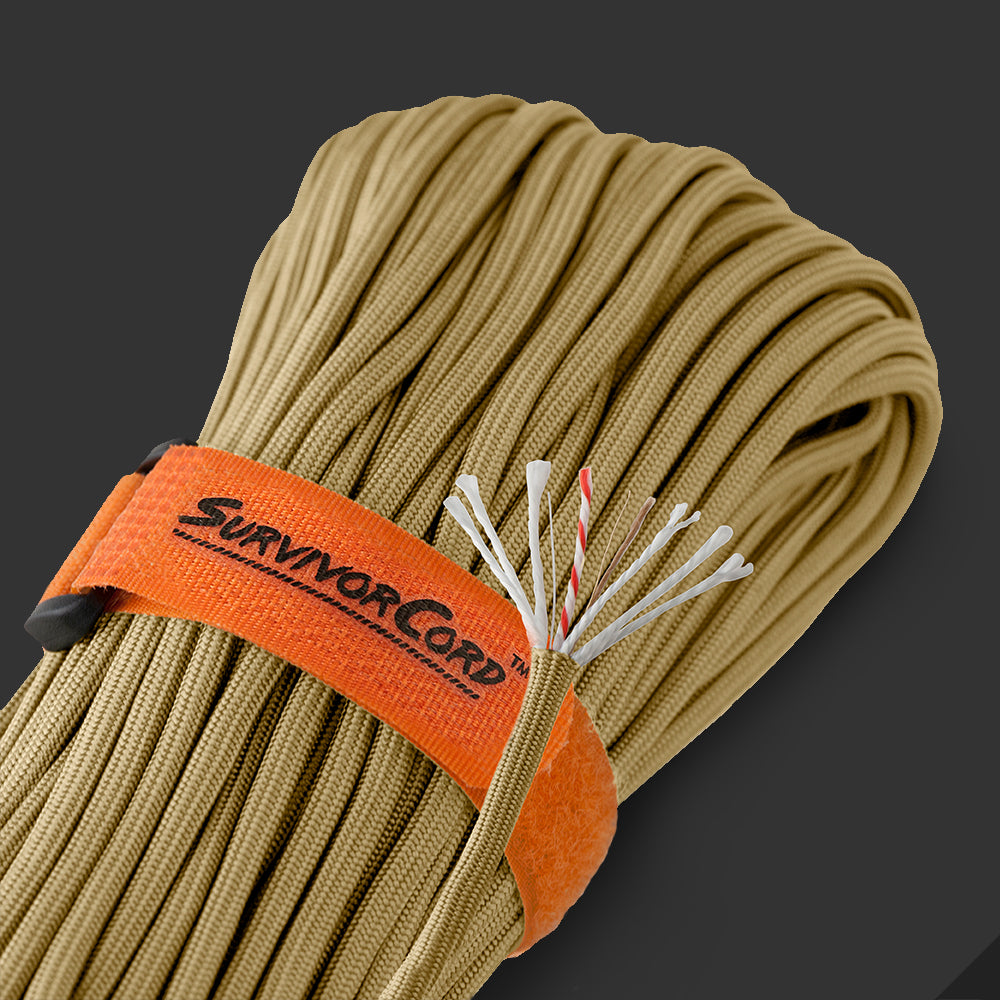
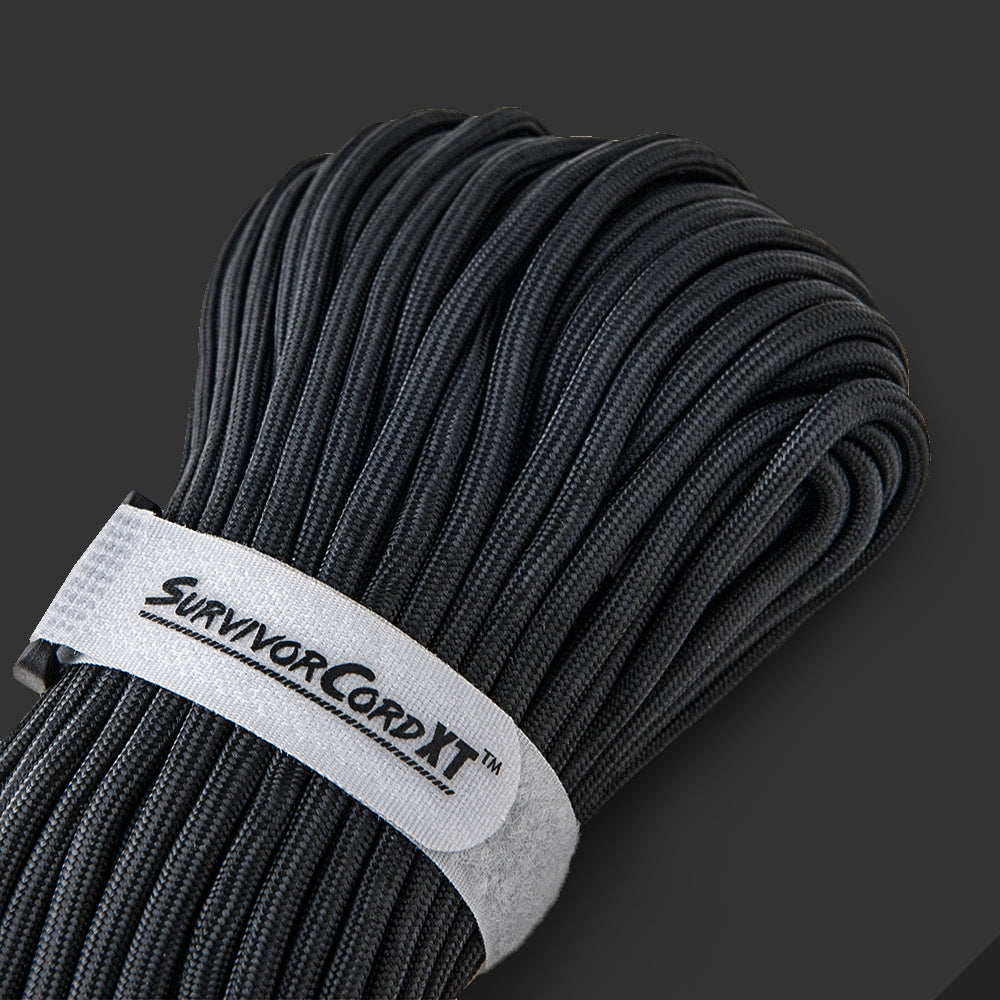
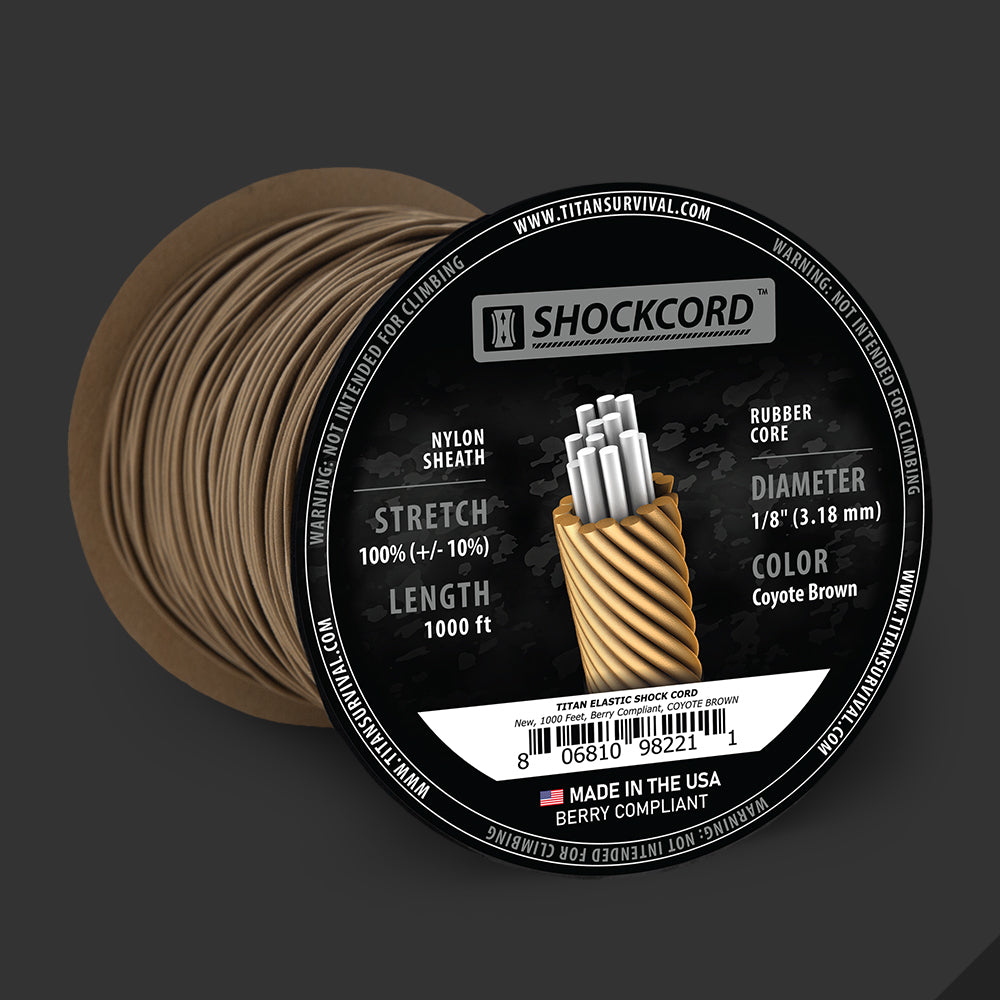
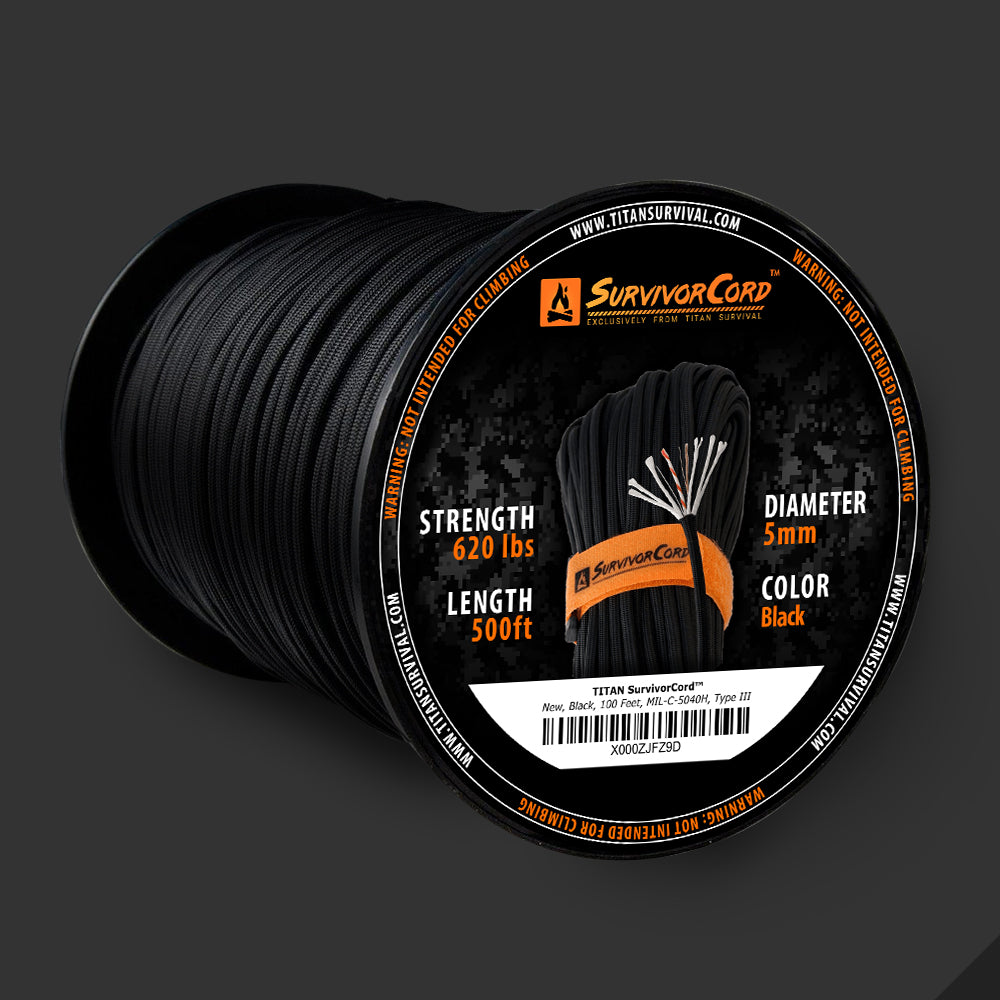
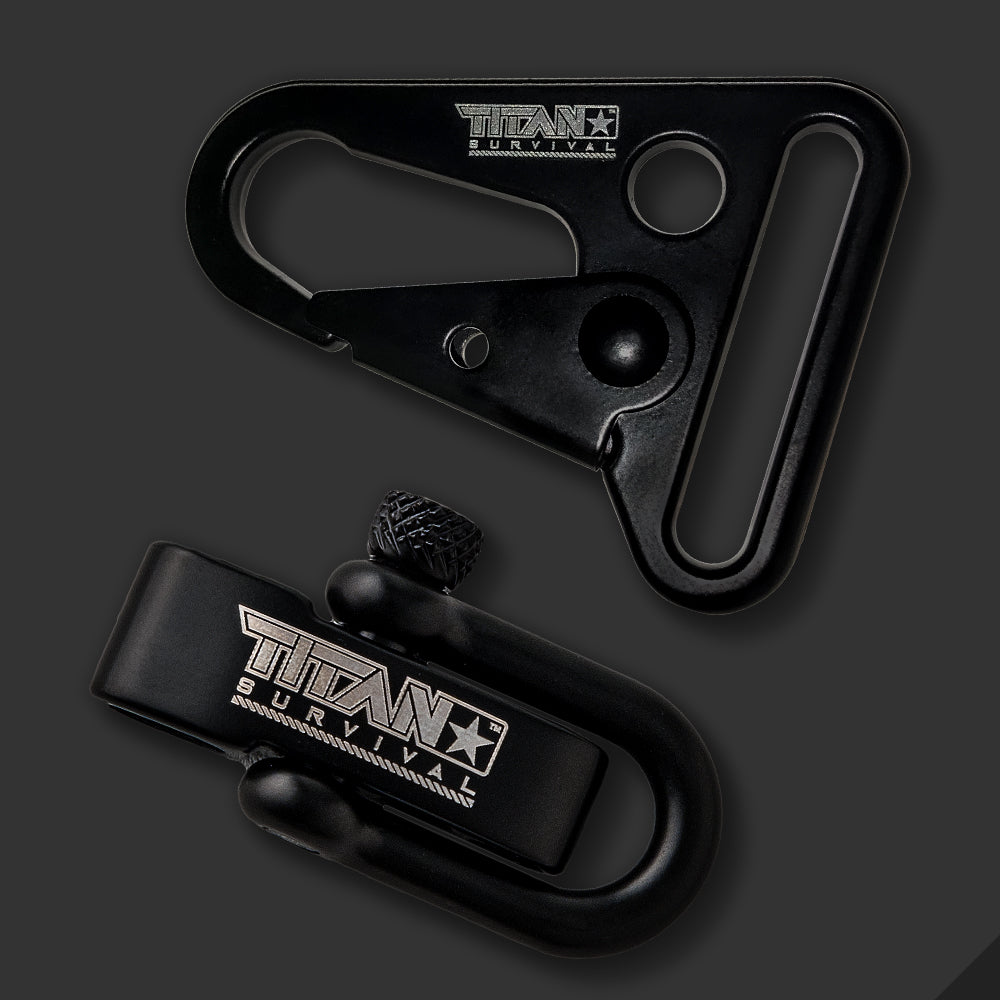
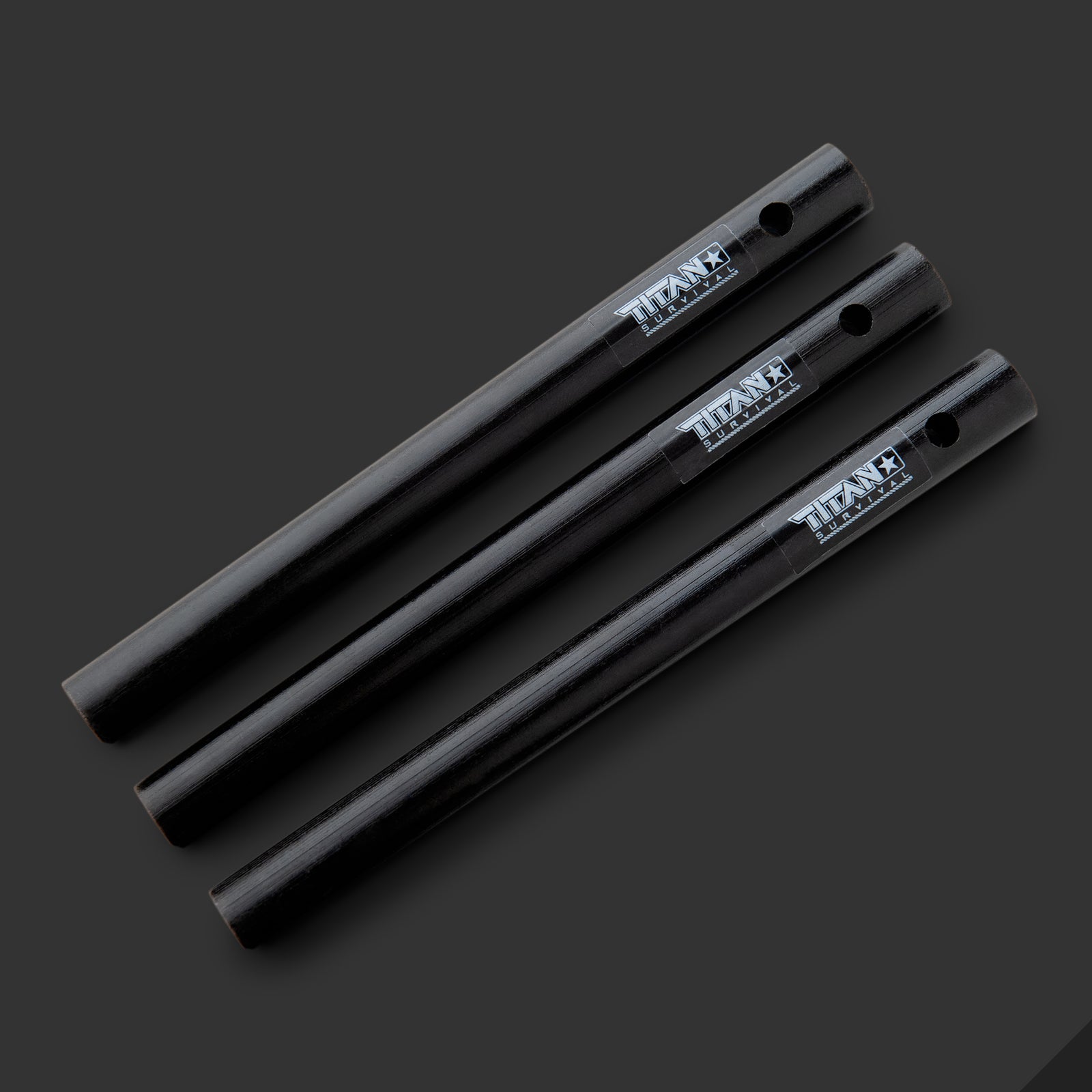
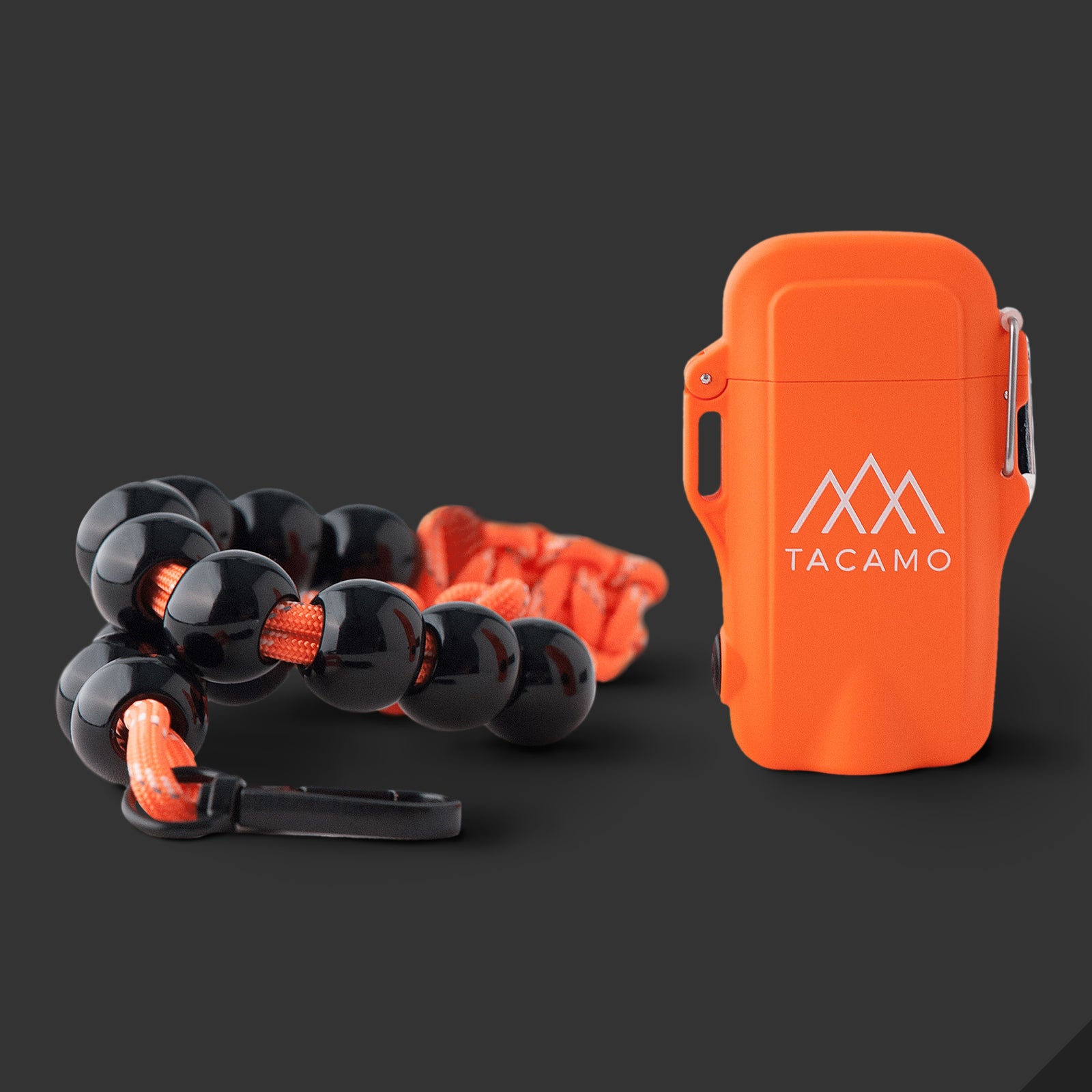
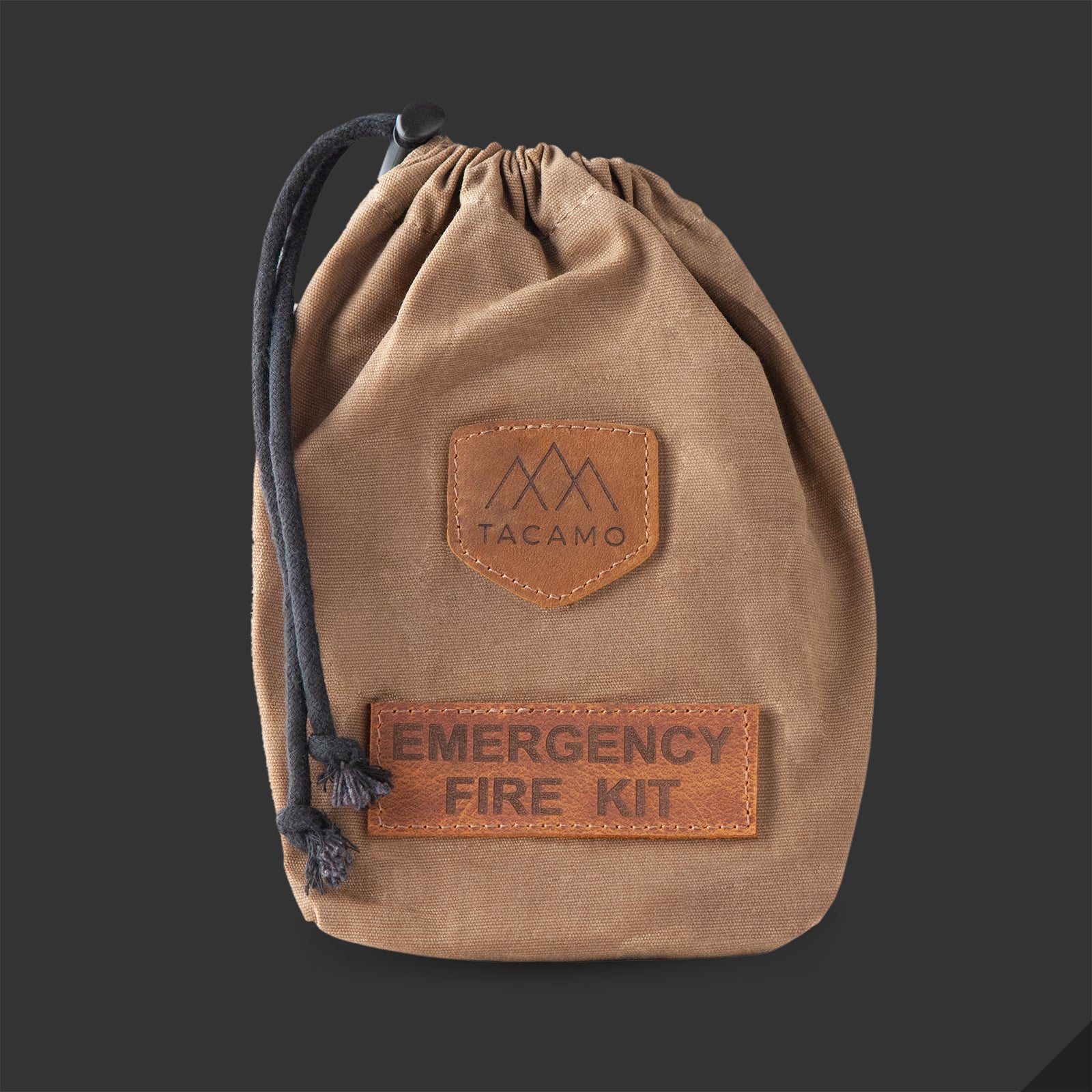
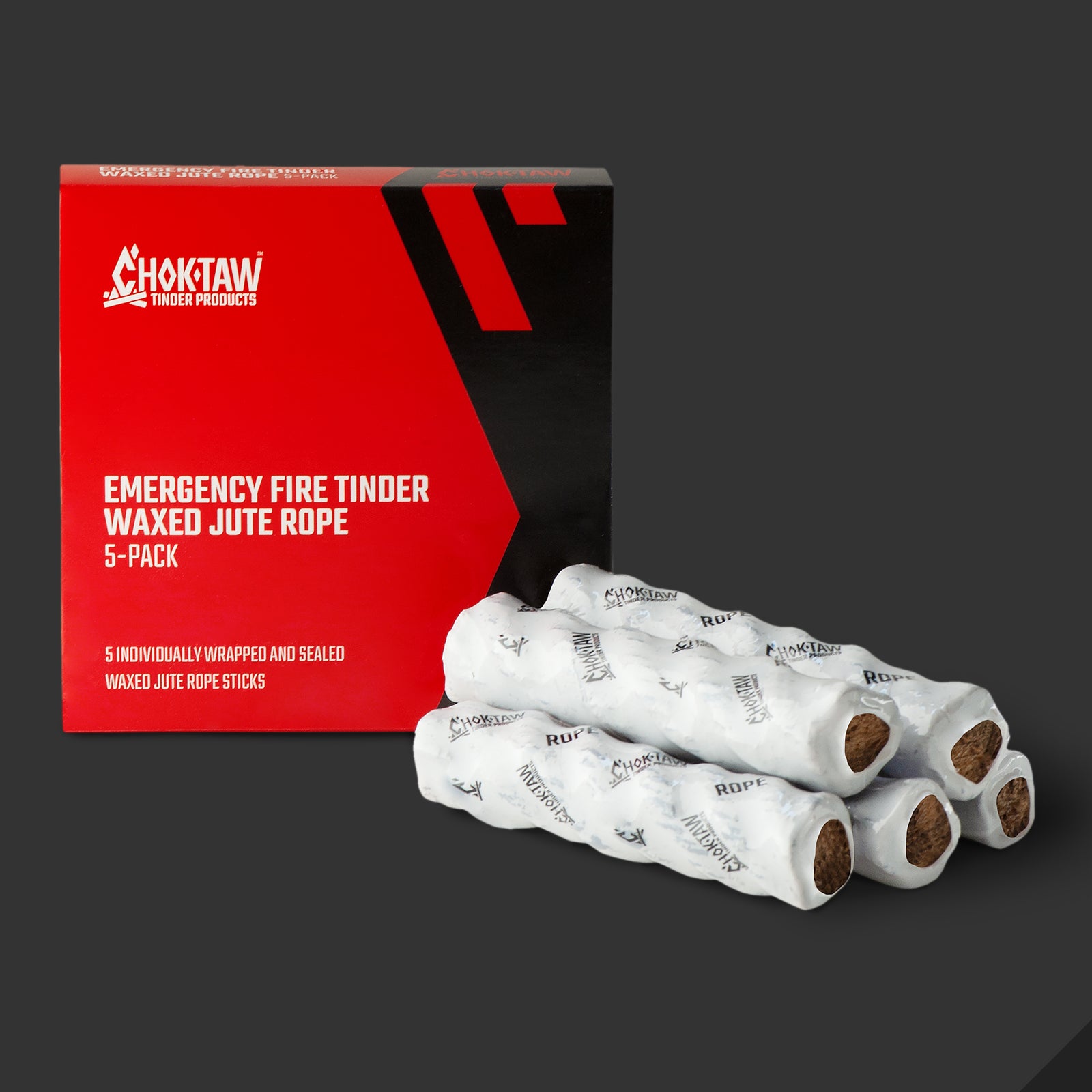
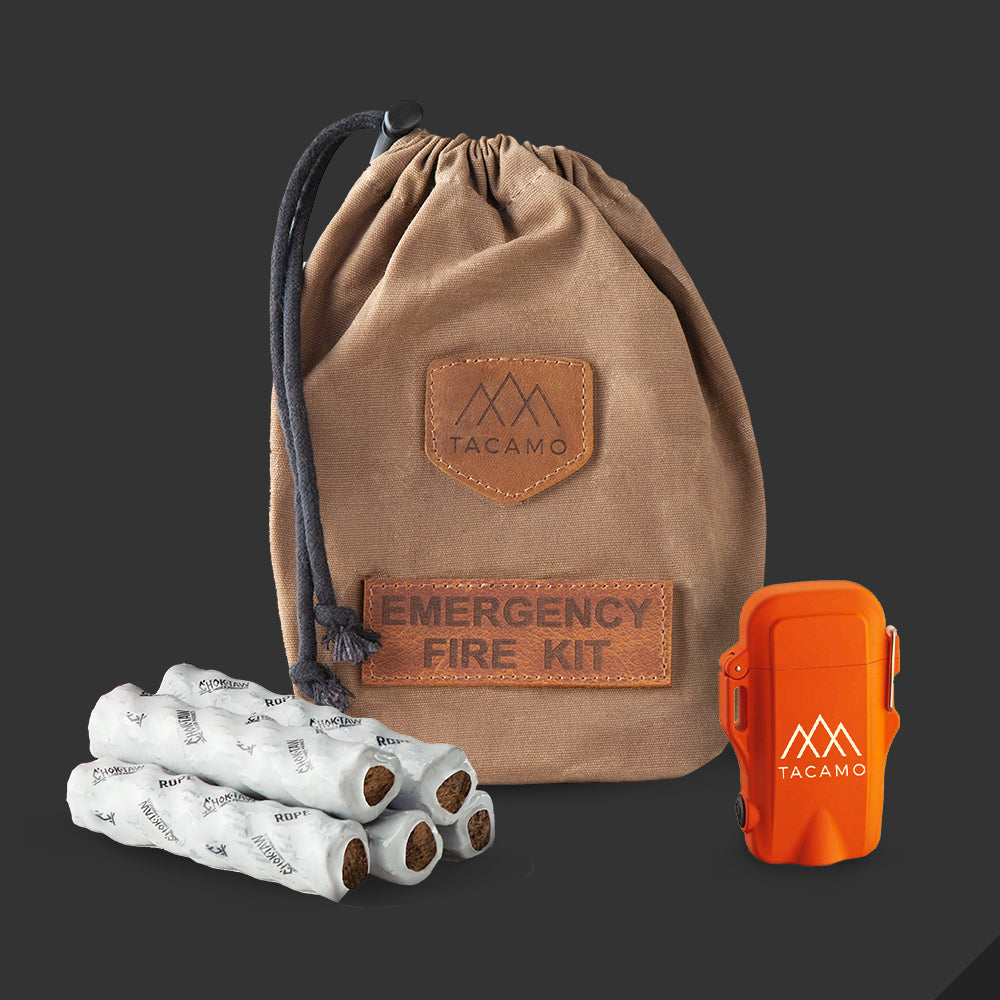
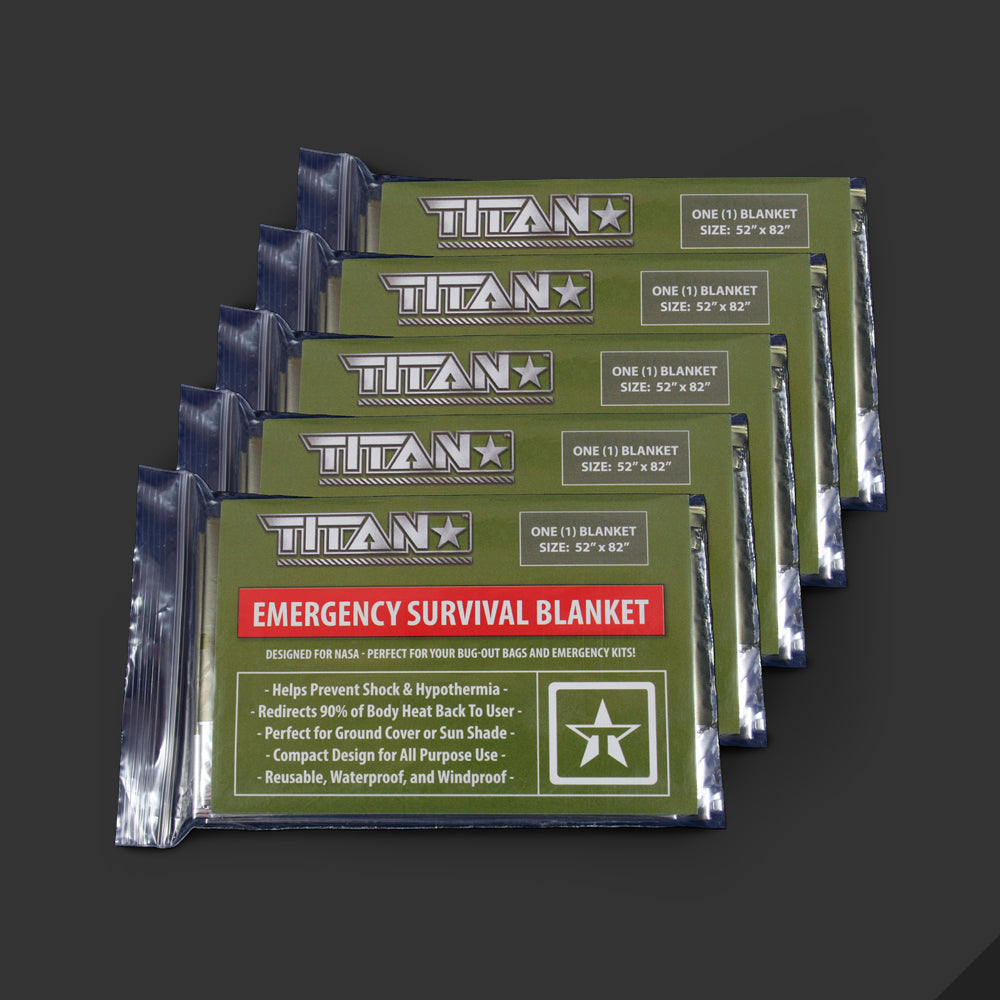
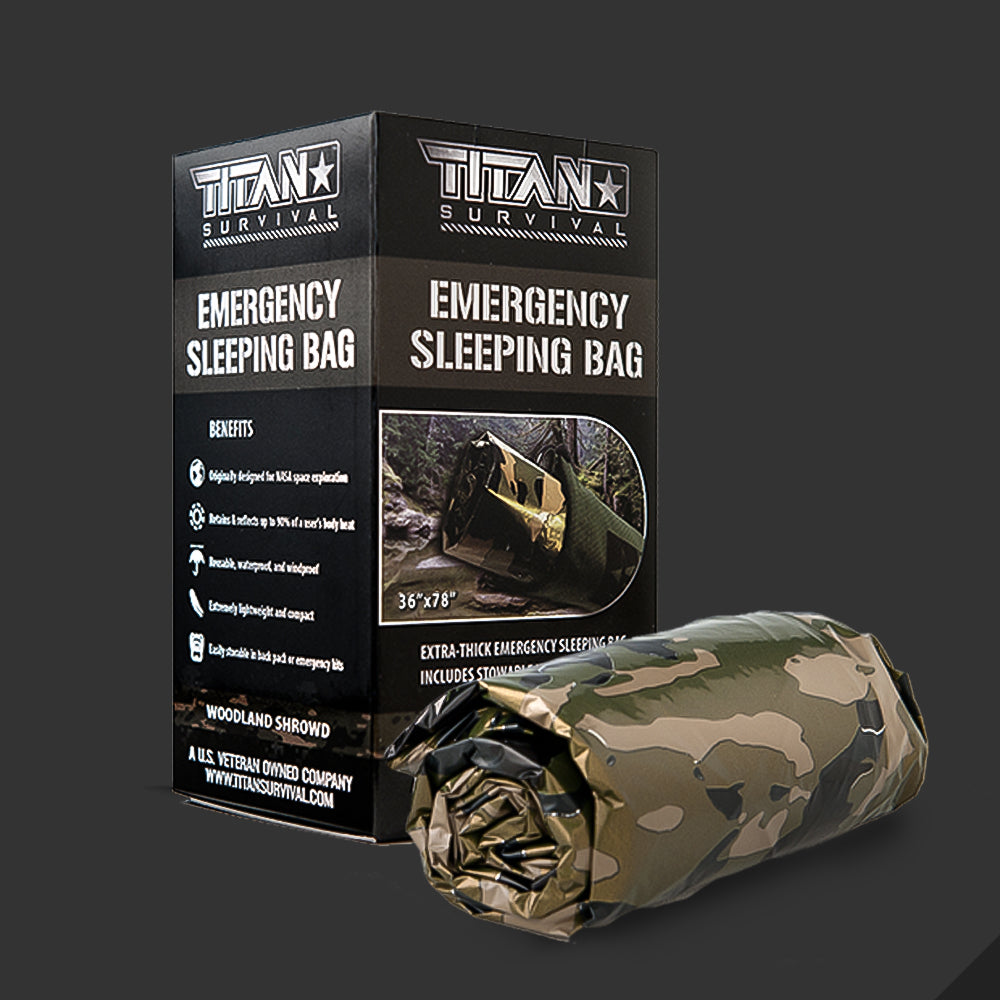
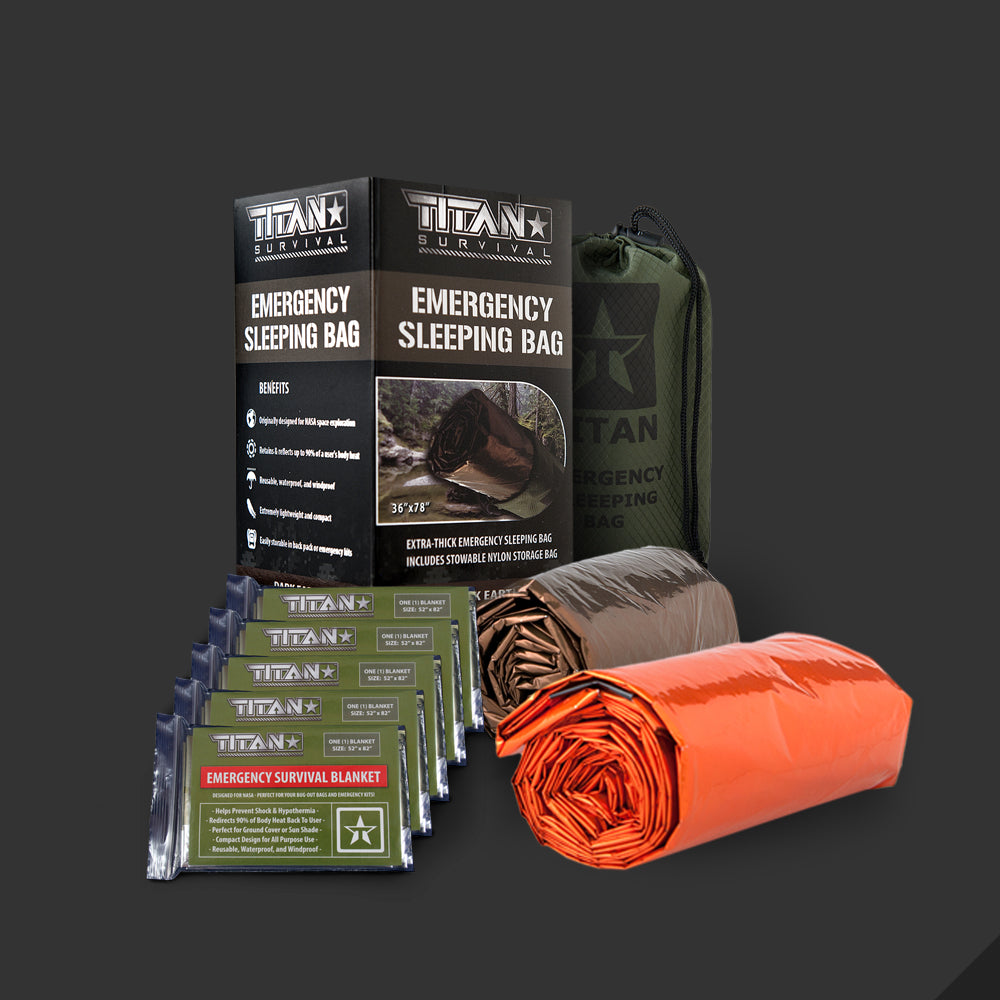
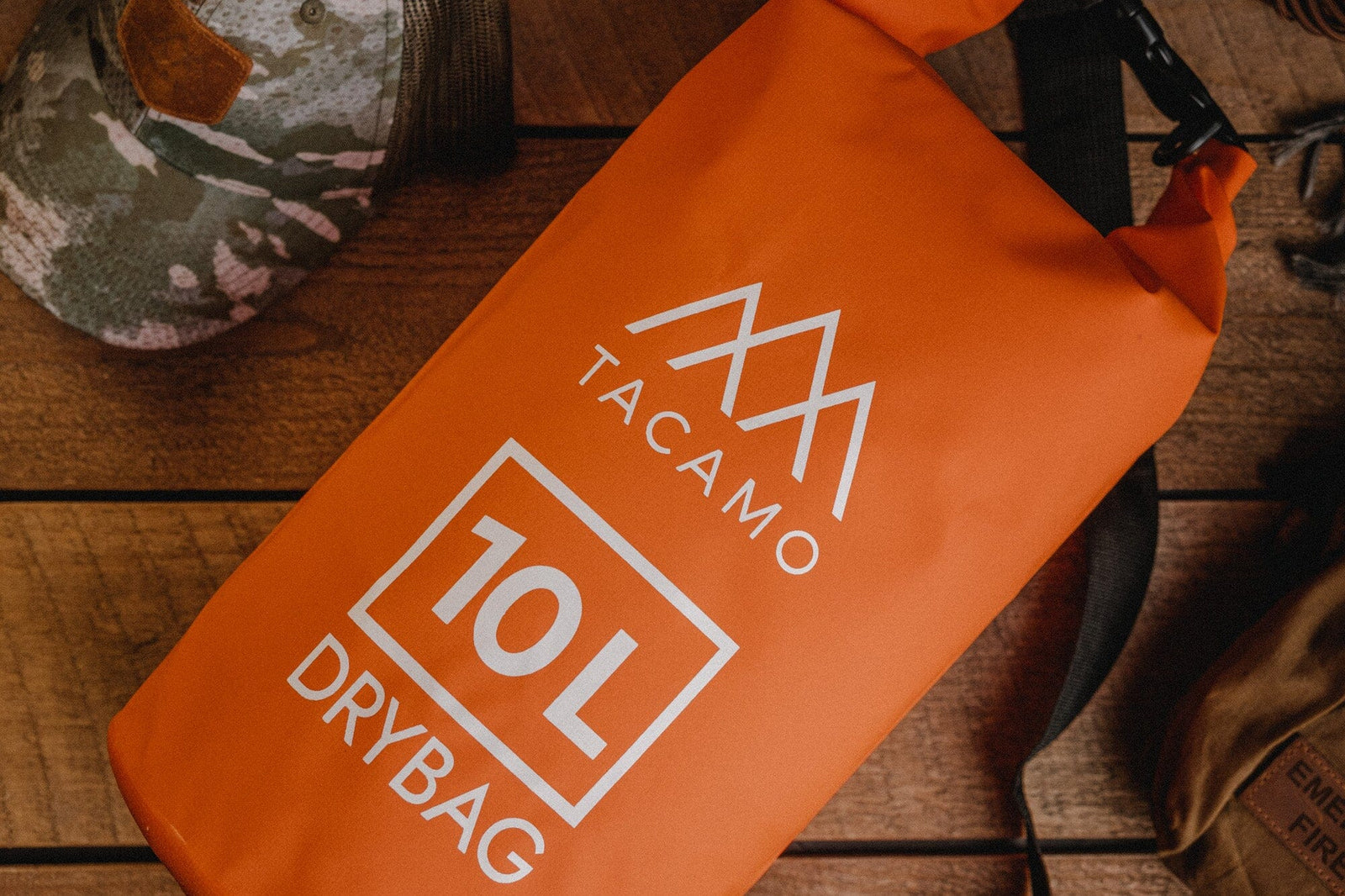
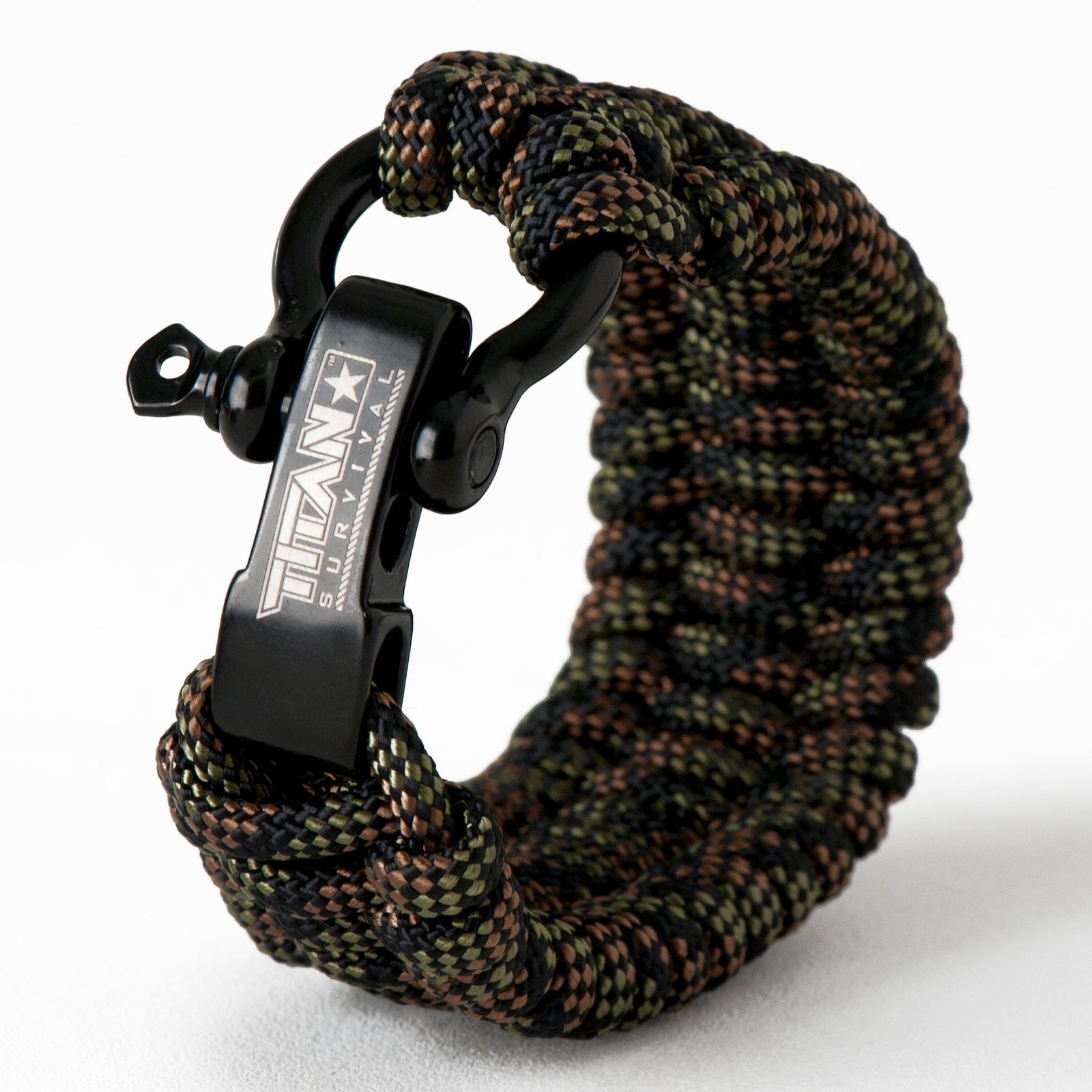






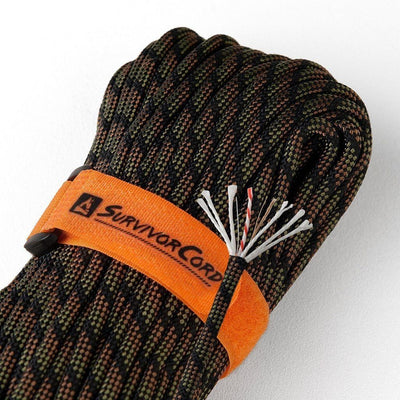

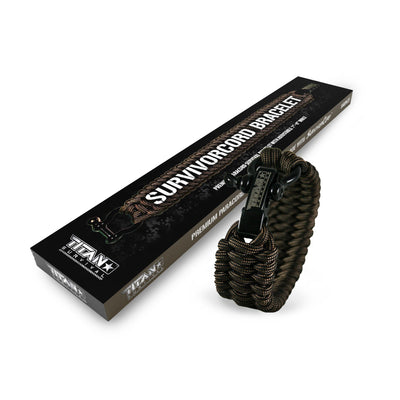


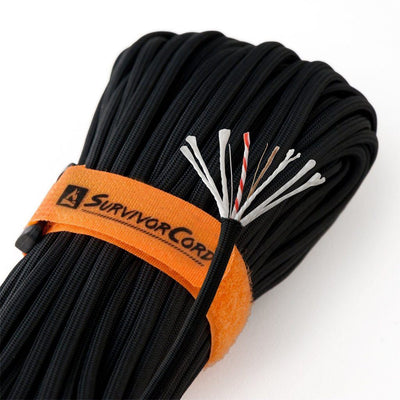
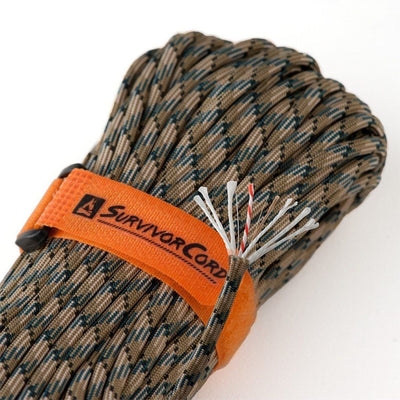
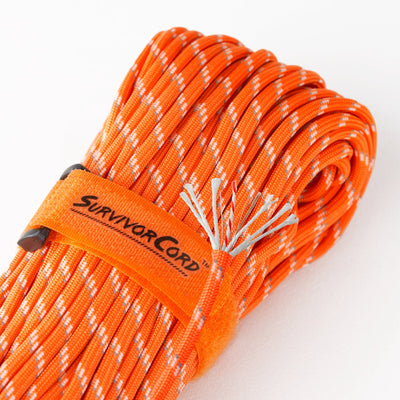
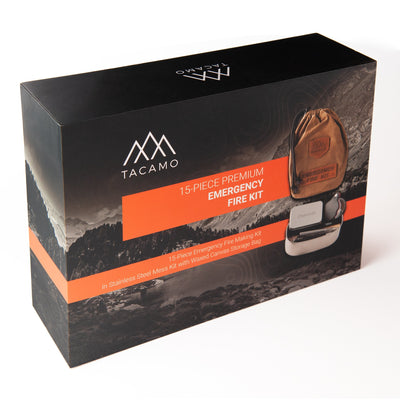
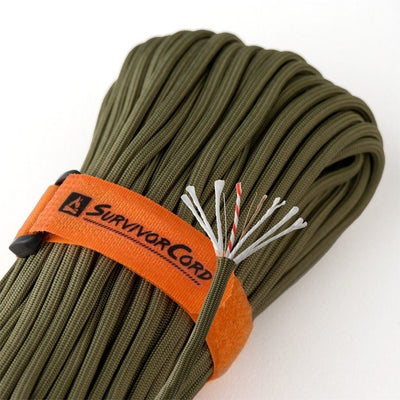
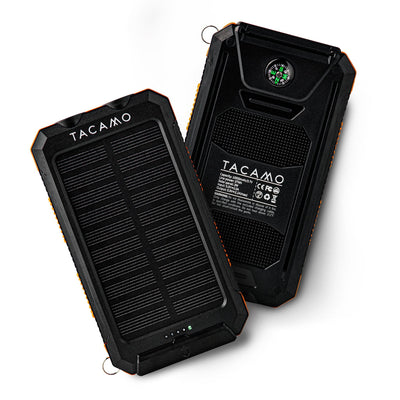
Leave a comment (all fields required)